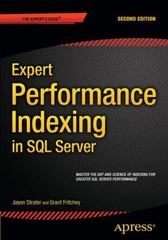Answered step by step
Verified Expert Solution
Question
1 Approved Answer
i s ( t ) = V D C R { 1 - e - t t o } u ( t ) , where
where
Why does this solution make physical sense? Without performing any computations, can you do a quick handsketch of versus Why is called the "timeconstant"?
In this simulation lab we wish to solve with applied voltage numerically using a computational mathematics technique called the variable step RungeKutta method that has been coded in Matlab as routine ODE In order to use ODE we must first write in socalled state space form
Write a Matlab code that uses routine ODE to solve equation and then plots versus time t During the lab session you will be given values to use for and

Step by Step Solution
There are 3 Steps involved in it
Step: 1

Get Instant Access to Expert-Tailored Solutions
See step-by-step solutions with expert insights and AI powered tools for academic success
Step: 2

Step: 3

Ace Your Homework with AI
Get the answers you need in no time with our AI-driven, step-by-step assistance
Get Started


